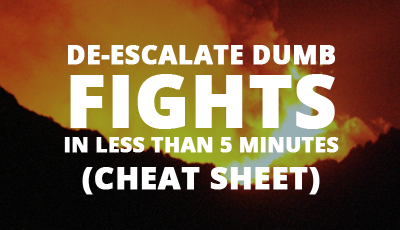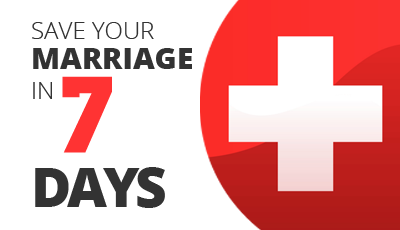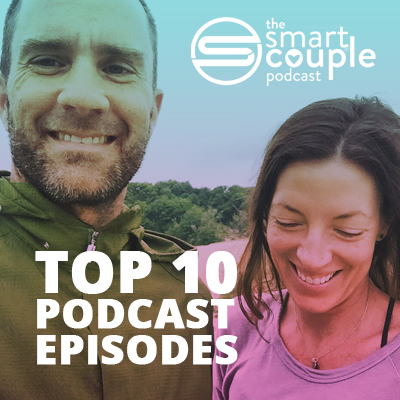Over the years I’ve worked with many, many people. One common thread that runs through most people is that they are often very bought into the story of who they think they are. And, they are often caught up in other people’s opinions about who they are.
The result? Unhappy, unfulfilled people who somehow feel “off.” These same people don’t know that if they free themselves from their limiting beliefs, it can lead to feeling more whole and more free as a human being.
For example, in my 20’s I was popular, well-liked, had lots of friends, traveled the world, and dated great women. To others, I had the life.
Inside however, I was not happy. Other people assumed that I was “the man” and as far as they knew I was an intense guy, but a happy guy. Yet there was another truth– underneath the surface, there was a conflicting story going on.
Underneath “I’m the man” was the limiting belief that I was worthless and inadequate. I felt shitty about myself and was not inspired about my life. As you can imagine I couldn’t reconcile these two conflicting stories that I had about myself.
Since others liked me I would often get caught up in an ego trip, thinking that yes, even though I was depressed inside, I was the man. But this belief was a mask, a front others believed. I ended up wearing it for a long time.
We all have some dynamic like this operating within us which we learned while growing up. For many of us this dynamic has two parts:
- The mask we wear to get what we want in the world such as love, approval, attention, fame, recognition. The mask’s job is to hide or cover for the limiting belief under it.
- The limiting belief or cognition (that is often unconscious) such as “I’m not worthy of love,” “I’m a failure,” and “I can’t trust anyone” or even self-aggrandizing beliefs such as “I’m better than everyone” which lay buried underneath the mask.
What I have learned since then is that neither story is true. I am not my ego and I am not my core belief.
The next question to ask then is “who am I?”
As Tibetan meditation master and founder of Naropa University Chogyam Trungpa Rinpoche taught at our core we are all fundamentally good. He called it basic goodness. In other words, there is nothing fundamentally wrong with you and there never was.
But somewhere along the way, we believed there was something wrong with us and then we started orienting our lives around this core limiting belief and formed a mask to hide this aspect of ourselves. In some cases we did such a good job that we fooled everyone. If we do this long enough, our mask becomes our identity that covers up our primary insecurities.
But remember, our mask isn’t who we are.
So, what do I do If I want to move beyond my limiting beliefs? Self Inquiry
Identify your Mask
First identify if this dynamic is going on inside you. Be honest. Ask yourself what mask do I wear in the world? Is it different with family, co workers and friends? Write about it or even draw a picture of it.
What is my core belief?
Next, do you have a core belief about yourself? Remember, some of you have an inflated sense of self such as “I’m better than everyone else.” It doesn’t have to be a negative belief. Sometimes, there are a number of core beliefs going on. What are yours?
What is the cost?
How do having a core belief and then wearing a mask impact your relationships? Make a list of 5 consequences of both your mask and your limiting belief that fuels it.
Meditation Question 1
Get quiet by mediating for 5-minutes. Identify with your story of who you think you are, then drop the story and dive down by asking “What is true right now?”
As you ask this question, let is be like a flashlight that points to 3 areas:
- Thoughts (I’m bad, what’s for lunch? etc)
- Body sensations (tight, tingley, vibrating, etc)
- Emotions (sad, happy, angry etc)
Stay in the now. Keep coming back to the present moment. Continue to work this question. You are observing what is actually true right now as opposed to whatever story or tape is playing in your mind.
Meditation question 2
Now sit in the same way and ask this question: Who would I be without my story or limiting belief? Notice what arises.
By doing this practice daily, you may begin to experience more freedom from your story, more space. You might even begin to take your limiting belief(s) less seriously. Once you begin to let go of who you think you are, the real you will you will begin to emerge.
Remember: The way to move beyond limiting beliefs is look for the truth inside you. The truth of who you actually are.
Stay tuned for another post on this subject where we will replace the limiting belief with a new one.
Engage with this and report back.




11 Comments
Nick Berger
June 2, 2009Thanks Jay,
I appreciate your work.
Fabio
June 2, 2009Fantastic, thanks for this. Lately I have started to uncover a basic belief of mine, a story that has run my life since I was a kid. It was getting me what I wanted at the moment, but it doesn’t not allow to express my fullest self, my true potential.
I have some meditating to do. Back to the cushion…
Elias Scultori
June 3, 2009Always great article, Jayson! Many thanks!
jeffrey wolfe
June 4, 2009Great truths you speak of, Jayson. I’ve written a two page essay on what it took for my mask to disappear after the events of 2001 – 2004 in my own life. I’m going to share it with you and the other Revolutionary Men! You remind me of the continual need of awareness and taking steps to make sure that no further mask re-emerge!
Kudos.
Alex
June 10, 2009Very cool. I find your past interesting… I can’t relate with your
past situations but I can relate with the inner conflict. I hope we
can find some of my beliefs next time we have our call.
AJ
Suzann
June 13, 2009So glad I found your site, Jayson. There’s a lot to read here, and it will take me awhile to get up to speed, but I love the way you write. The exercises are awesome – I’m going to do them. Can’t wait to see what comes out of them. What is my core belief? Yep, as Fabio said, “Back to the cushion.”
jayson
June 13, 2009Thanks Suzann. Nice to have you frequenting our site. Always open to your wisdom and feedback!
J
Michael J Emery
September 2, 2009Good article and great insights! John Overdurf, an nlp trainer, seemed to constantly throw this thought out at the right moment in his seminars. “No matter what you believe you are, you’re always more than just that…” And then chuckle as the class would be thrown up into the void of not-knowing, wondering what else they might be and expanding into possibilities… Similarly in the Japanese martial art Bujinkan Taijutsu, one of the five basic forms is named “ku” as it represents nothingness or emptiness. My instructor once told the class that this is the “state” of not-knowing – from which will come the responses that will keep you alive. He taught that it is impossible to have preconceptions about possibilities in this state (form) and one is free to try any approach…
A great way to reframe beliefs on a conscious level that I have found utilizes Cartesian coordinates:
– What does it mean if I am “x” or I believe “x”
(and what else comes to mind…)
– What doesn’t it mean if I am “x” or I believe “x”
(and what else comes to mind…)
– What does it mean if I am not “x” or I don’t believe “x”
(and what else comes to mind…)
– What doesn’t it mean if I am not “x” or I don’t believe “x”
(and what else comes to mind…)
Flexibility in my beliefs has been a great asset for the many paradigm shifts I have had and anticipate having… and I hope to be flexible about believing I’m flexible about my beliefs! 😉 At any rate, we’re all more than just what we think we are right now.
Be Amazing,
Michael
air jordan 12
June 8, 2010Here elaborates the matter not only extensively but also detailly .I support the
write's unique point.It is useful and benefit to your daily life.You can go those
sits to know more relate things.They are strongly recommended by friends.Personally!
http://likeblackhulks.com/
[…] How To Move Beyond Limiting Beliefs […]
[…] Again, I know the only thing at this point stopping me or getting in my way toward the success I want is my own limiting beliefs. […]
Leave A Response